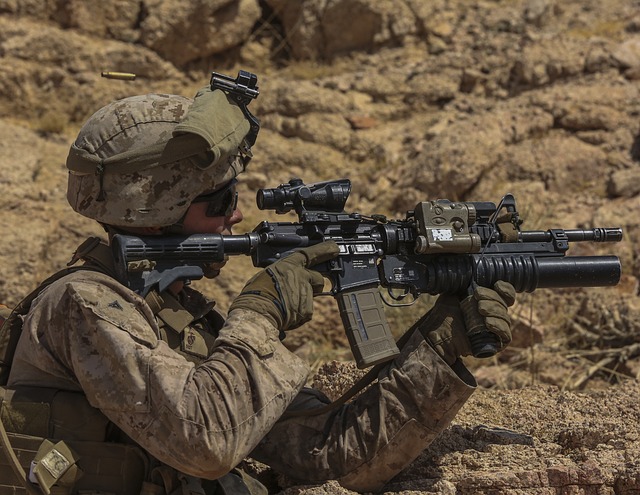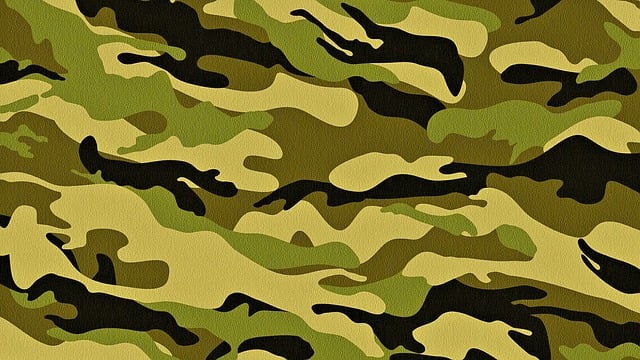The US Army Reserve Flag is a powerful visual narrative, blending history, values, and heritage through symbolism in its design. Its intricate patterns and colors represent strength, unity, diversity, and readiness, fostering camaraderie among soldiers. The flag's heraldic elements convey rank, service branch, and achievements, while historical references inspire pride and honor. As a testament to the Army Reserve's core mission and dedication, this flag goes beyond fabric, encapsulating centuries of military tradition and evolution, ensuring unit cohesion and public appeal.
“Explore the captivating world of army insignia and heraldry, where symbols weave a visual narrative. From ancient military traditions to modern designs, these emblems carry profound meanings. Our article delves into the intricate details of the US Army Reserve Flag, revealing its unique symbolism. We trace the historical use of heraldry in the military and explore its evolution. Uncover how army insignia adapts to modern times, reflecting changing values while maintaining its powerful visual language.”
- The Significance of Army Insignia: A Visual Language
- US Army Reserve Flag: Unveiling Its Design and Symbolism
- Heraldry in Military Context: Historical Perspective
- Modern Interpretations: How Army Insignia Evolves
The Significance of Army Insignia: A Visual Language

Army insignia and heraldry serve as a powerful visual language, telling stories of history, values, and heritage. Each symbol, color, and pattern holds specific meaning within military units, particularly in the US Army Reserve Flag. The flag, for instance, combines elements that represent not just strength and courage but also unity, diversity, and readiness – core principles of the Army Reserve. These visual cues help foster a sense of belonging among soldiers, past and present, and inspire pride in their service.
Insignia allows soldiers to instantly recognize one another as part of the same unit, fostering camaraderie and cohesion on the battlefield and beyond. It also serves as an external communication tool, conveying military rank, branch of service, and achievements – all vital for operational effectiveness and unit morale. The intricate designs, often incorporating historical references, serve as a constant reminder of the sacrifices made by those who came before, motivating current and future generations to uphold the highest standards of military excellence.
US Army Reserve Flag: Unveiling Its Design and Symbolism

The US Army Reserve Flag is a powerful symbol of unity, resilience, and service. Unveiled with intricate design elements, this flag serves as a visual representation of the Army Reserve’s mission and values. At its center lies a distinctive emblem featuring a shield adorned with various symbols. The shield symbolizes protection and defense, while the colors – red, white, and blue – represent the American spirit and heritage. Within the shield, key elements such as an eagle, olive branches, and a sword convey powerful messages of strength, peace, and readiness.
The flag’s design also incorporates the Army Reserve’s motto, “Ready Today, Anytime,” which is inscribed around the emblem. This motto underscores the unit’s commitment to being always prepared and responsive to any call for duty. The US Army Reserve Flag, with its rich symbolism and thoughtful design, stands as a mark of pride and honor for all who serve in this vital branch of the military, reflecting their dedication and unwavering spirit.
Heraldry in Military Context: Historical Perspective

Heraldry, with its rich historical roots, has played a significant role in military identification and tradition, especially within the ranks of the US Army Reserve. Dating back centuries, heraldic symbols have been used to represent units, distinguish achievements, and foster a sense of pride and camaraderie among soldiers. The US Army Reserve Flag, for instance, is more than just a banner; it’s an embodiment of the unit’s history, missions, and values.
Historically, coats of arms were granted to noble families in medieval Europe, serving as symbols of identity, lineage, and power. Over time, this practice evolved, and heraldry began to be adopted by military organizations. In the US Army Reserve, each regiment, battalion, or brigade may have its own unique coat of arms, designed to reflect the unit’s heritage, geographic origins, and notable achievements. These heraldic devices not only serve as visual identifiers but also carry symbolic meanings, often incorporating elements like colors, animals, and plants that hold cultural significance.
Modern Interpretations: How Army Insignia Evolves

The evolution of army insignia and heraldry reflects changing times, values, and priorities within military organizations. In modern interpretations, these symbols serve as powerful tools for identity formation and unit cohesion, both within the ranks and in public perception. The US Army Reserve Flag, for instance, showcases a dynamic blend of tradition and innovation, emphasizing the unit’s adaptability and readiness. Over time, design elements may be updated to incorporate new technologies, missions, or global influences, ensuring that insignia remain relevant and meaningful to contemporary soldiers.
This evolution is not merely aesthetic; it reflects shifts in military strategy, operational environments, and societal expectations. By integrating modern interpretations into their heraldry, armies can foster a sense of pride, shared purpose, and professional identity among their members while projecting a strong and adaptable public image.
Army insignia, as seen in the US Army Reserve Flag, serves as more than just a visual identification. It embodies the values, history, and evolving nature of military units, playing a crucial role in fostering camaraderie and communicating strategic information. By delving into the historical context of heraldry and understanding modern interpretations, we gain a deeper appreciation for these intricate designs. The US Army Reserve Flag, with its unique symbolism, stands as a testament to the rich tapestry of military traditions while highlighting the adaptive nature of army insignia in today’s digital era.
